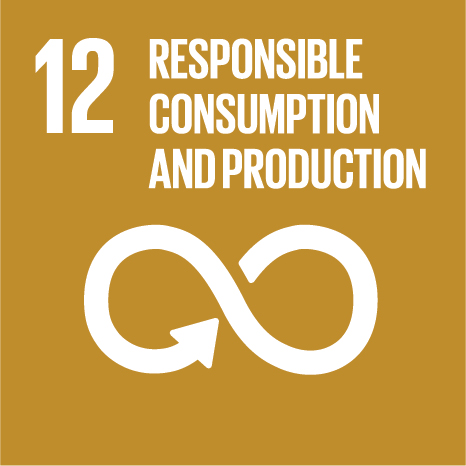Multilocality and Unilocality within the green transition framework
Event Title
8th Annual Meeting of the European Network of Multi-locality Studies
Year (definitive publication)
2023
Language
English
Country
Italy
More Information
Web of Science®
This publication is not indexed in Web of Science®
Scopus
This publication is not indexed in Scopus
Google Scholar
This publication is not indexed in Overton
Abstract
The society is shifting to green growth that is affecting the working life (e.g. growth of flexible working, new work organization and work environment) and labour market (e.g. various size and degree of job displacement, creation of new green jobs/skills and emerging green industries). New jobs are being created in several green sectors of the economy, while others will rapidly disappear from the labour market. More specialized and digitalized skills who are known to be more mobile will be required for new green jobs. However, green transition can generate both
positive and negative effects and create even more socio spatial and economic inequalities among the workers. On the one hand, we can assume that the digital transformation allows more people to work in multiple locations (home, office, second home, public library, coworking space or a cafe ), the so called multilocal workers. On the other hand, workers in traditional sectors (e.g. healthcare, transportation, services and mixed traditional technology) remain fixed in one place being called ‘monolocal’ or ‘unilocal’. In addition, the ways of decarbonizing power and
developing energy-efficient buildings can further affect the way we conceive the workplace (e.g. by squeezing the office size, by working in a multifunctional place, and by transforming the permanent desks into hot/flexible working stations) and organize work (e.g. working hours, online or on-site work/meeting). The development of circular approaches and sustainable behaviors in the living and working environments (e.g. shared mobility and spaces and increasing demand of green products and services) may also impact the mobility and working life of people. The emerging phenomenon of multilocality should be analysed in a wider conceptual framework that embeds the unilocality (and its traditional framework), as well as considering the impacts of the green transitions (e.g. on shared mobility, shared spaces and highly specialized people). The multilocality and unilocality are both elements of the f uture urbanity and rurality. The paper presents an overview of the current theoretical approaches to multilocal and unilocal work and related concepts and some empirical approaches, including policies and institutionalized
processes in Norway and Portugal, in urban cores, peripheral and rural contexts under some pillars of the green transitions. The main outcomes are from a literature review and a qualitative content analysis of national policies.
The paper contributes to develop new knowledge on multilocal and unilocal working strategies for green transitions at large. The paper also suggests a more inclusive working environment that should support the green shift. New initiatives of individual workers, companies and societies undergoing green transition must be further explored and supported. This would guarantee a societal green shift. The understanding of both multilocal and unilocal workers’ practices can help to mitigate the differences among regions and enhance the sustainable utilization of resources.
Acknowledgements
--
Keywords
Contributions to the Sustainable Development Goals of the United Nations
With the objective to increase the research activity directed towards the achievement of the United Nations 2030 Sustainable Development Goals, the possibility of associating scientific publications with the Sustainable Development Goals is now available in Ciência_Iscte. These are the Sustainable Development Goals identified by the author(s) for this publication. For more detailed information on the Sustainable Development Goals, click here.

 Português
Português



